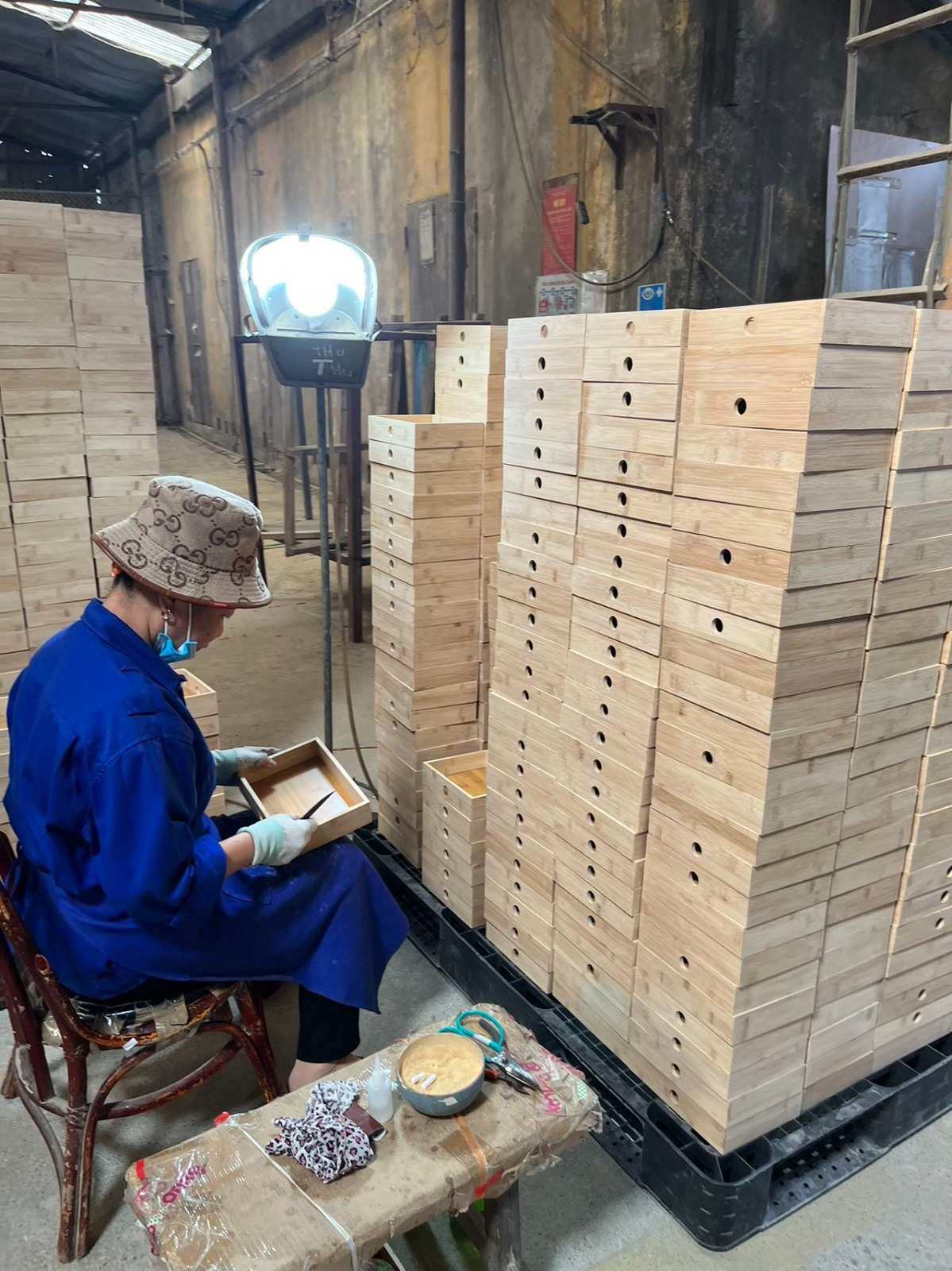Steel, Aluminum, and the Tariff Trap: What the 50% U.S. Duty Hike Means—and How to Replace China Before It’s Too Late
As of June 4, 2025, the United States has officially doubled tariffs on steel and aluminum imports—from 25% to 50%. This move is not limited to Chinese-origin materials. It's part of a broader policy targeting global supply chains, especially those suspected of transshipment, repackaging, or concealing Chinese input materials.
The result? U.S. importers are scrambling.
Some will pass the costs to consumers. Others will eat the margin. A few will get their goods flagged or stuck at port.
But those who restructure their supply chain now—those who control the Bill of Materials (BOM), legally prove Country of Origin (COO), and shift value-add processes to the right hubs—will win. That’s where Asia Agent steps in.
Let’s break down exactly what’s changed, who’s vulnerable, and how we help clients escape the fallout and come out stronger.
What Changed: A 50% Tariff That Affects More Than You Think
The new 50% tariff applies to virtually all imported steel and aluminum products. It’s no longer about finished goods—it includes raw material, semi-finished components, and anything deemed to originate from high-risk jurisdictions.
This includes:
- Steel and aluminum from China, directly or indirectly
- Steel processed elsewhere but containing Chinese substrate
- Finished goods assembled in Vietnam, Malaysia, or Thailand but made with Chinese metals
And it’s not just about where the product ships from. It’s about what’s inside—and where the value-add process occurred. Customs is asking: Was there real, substantial transformation?
If you can’t prove that with documentation, your goods are at risk.
Which Products Are Most Affected?
Any product containing metal is exposed. But some categories are more vulnerable than others due to their composition and where they’re commonly sourced from.
Automotive & Spare Parts
- Engine brackets, transmission housings, brake discs
- Molded aluminum parts and steel supports
Home Appliances
- Refrigerator doors, washing machine drums, oven frames
- Motor housing and structural supports in vacuum cleaners, blenders, and fans
Food & Beverage Packaging
- Tinplate cans, aluminum lids, twist-off caps, pull-tabs
- Even composite pouches with a metallic barrier layer
Tools, Hardware & DIY Products
- Screwdrivers, hand tools, wrenches, ratchets
- Hardware accessories like brackets, fasteners, nails
Personal Care & Household Items
- Aerosol cans, deodorant tubes, metal dispensers
- Razors, cosmetic tools, wall-mounted holders
Consumer Electronics & Toys
- Heat sinks, internal frames, metal connectors
- Toy cars, RC components, drones with aluminum parts
Many of these are sourced in China or via middlemen in Vietnam or Malaysia who repack or relabel. That won’t pass in 2025.
Why Country of Origin Is Now a Legal Issue—Not Just a Label
U.S. Customs and Border Protection is shifting from “trust, but verify” to “prove or pay.”
To claim a non-China origin (Vietnam, India, etc.), your product must:
Undergo substantial transformation in that country—changing its name, character, or useAdd significant value during processing
Be backed by clear documentation showing each component’s origin and function in the finished product
And that’s exactly what most buyers don’t have.
At Asia Agent, we start every engagement with one question: Can you prove it?
If the answer is no—we fix it.
How Asia Agent Solves This: Hub-by-Hub, Category-by-Category
We don’t just suggest moving production. We map the full BOM, extract risk, and relocate the value-add to the right region with proper documentation, contracts, and oversight.
India – The Smart Choice for Metals, Hardware, and Value-Add Processes
Best for:
- Tools, fasteners, auto parts
- Cookware, kitchen tools
- Aluminum castings and steel brackets
Why India?
- One of the few countries with both large-scale domestic steel and aluminum production
- Not under direct U.S. trade pressure
- Established expertise in metal forming, casting, machining, finishing
- Competitive labor for heavy, high-volume work
What We Do:
- Map your BOM to isolate metal content
- Source direct from Indian suppliers—not exporters
- Set up local contracts under Indian law, enforceable and secure
- Provide in-country PM, QC, legal, and customs preparation
Vietnam – Fast, Flexible, and Ideal for Plastic-Metal Hybrid Goods
Best for:
- Consumer electronics
- Small appliances
- Toys with mixed plastic/metal content
- Canned food packaging, beverage containers
Why Vietnam?
- Well-developed light manufacturing and assembly base
- Many former Chinese suppliers relocated here with cleaner records
- Can handle both plastics and light metalwork in one facility
- Shorter lead times and stronger English management
Risk:
- Still imports Chinese raw materials, especially aluminum sheet and stainless steel
- U.S. now closely watching Vietnam for transshipment
What We Do:
- Ensure actual transformation takes place in Vietnam
- Audit material sources and factory records
- Arrange COO documentation and photo-based process flow
- Structure projects for true compliance, not just fast turnaround
Indonesia – Underused but Effective for Packaging, Housewares, Stainless Products
Best for:
- Tinplate cans and containers
- Housewares with aluminum or stainless parts
- Home cleaning tools, kitchen products
Why Indonesia?
- Domestic bauxite mining and aluminum production
- Low-cost labor
- Not on the U.S. trade radar
- Strong GSP benefits to some regions
What We Do:
- Source hidden-gem suppliers in industrial zones
- Handle language, QC, and export compliance
- Support full BOM realignment and COO documentation
- Ideal for brands needing low cost + low scrutiny
Bangladesh – A Narrow Play, But Worth It in Mixed Projects
Best for:
- Apparel-linked metal accessories
- Promotional sets (bag + razor, pouch + mirror)
- Secondary packaging with metal components
Why Bangladesh?
- Still enjoys duty-free or reduced-rate status in U.S. and EU markets
- High-capacity factories with margin flexibility
- Lower labor costs than even Vietnam or India
What We Do:
- Integrate small metal items into large garment orders
- Assist with cost-saving bundles that reduce tariff exposure
- Monitor QA in country, avoiding shipment surprises
The Asia Agent Advantage
Our clients don’t just switch countries—they take control.
We provide:
- BOM-level supply chain mapping
- Country-specific compliance strategies
- Local project managers, inspectors, and lawyers
- Real factory connections, no middlemen
- Contracts under local law, enforceable and client-controlled
- COO documentation, transformation photos, and shipping prep
All with transparent pricing and a team that works only for the client—not the factory.
Tariffs Will Rise Again. What Matters Is Whether You're Ready.
Nobody can control U.S. policy, China’s reaction, or the next trade war.
But you can control where your product is made, what’s inside, and who’s watching it.
That’s what we offer: the team, tools, and trust to move fast and move smart—across India, Vietnam, Indonesia, and beyond.
If your product touches steel or aluminum, the clock is ticking.
Let us trace the BOM, map your risks, and build your transition plan.




